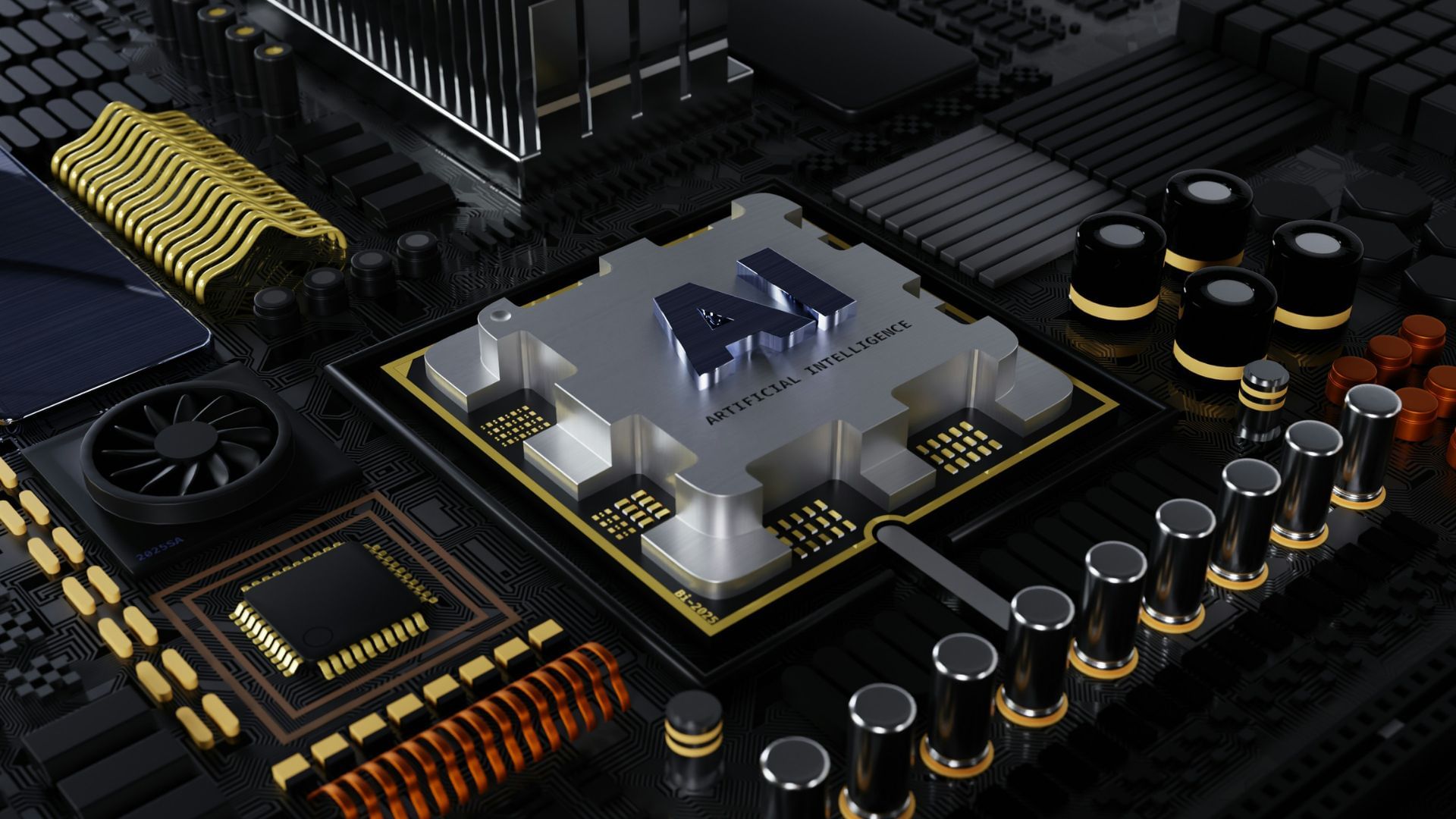New Delhi: Ziroh Labs, based in Palo Alto and Bengaluru is on a mission enable scalable artificial intelligence inferences on Central Processing Units (CPUs), a task that conventionally relies heavily on Graphics Processing Units (GPUs). This is because deep learning and neural networks require a lot of parallel processing, The approach makes access to AI technologies more affordable. The company was founded in 2021, and came out of stealth in 2025. Recently, mathematician and cryptographer Whitfield Diffie joined the company as Chief Technologist. Diffie co-invented public key cryptography in 1976, a feat for which he shared the 2015 Turing Prize with his advisor, Martin Hellman.
When asked about the journey of Ziroh Labs so far, cofounder of Ziroh Labs, Hrishikesh Dewan says, “Of course, the journey is full of ups and downs. It’s not just an engineering pursuit. Scientific pursuit has all kinds of lows and little highs. We’ve also experienced a lot of lows because we keep trying things that fail, and then they fail again. It does not produce the desired result. So, it’s not a one-month or 15-day journey; it has been years.” The company is trying to crack a tough problem, which is bringing down the time taken for inferences, and improve the quality of the output.
The benefit of using CPUs for AI inferencing
When asked about the advantages of using CPUs for AI, Dewan explains, “First, the cost of a CPU is extremely low compared to a GPU. Second is the availability of CPUs everywhere. In case you call up any data centre and can ask them, do you have this CPU? And the answer is usually yes since availability is very high. The cost of operating the CPU is significantly lower, and power consumption is also reduced; consequently, the overall cost is also lower. So these are all the things. If that is the case, then you can take your AI to any nook and corner, not only in this country, but across the globe, even in the United States, where it is a problem now. For example, in the US, there is a shortage of power. Yeah. So how do you overcome that? If you cannot provision for new electricity, then it means that you cannot operationalise GPUs. Even if you have the money to buy GPUs, you still can’t do anything. The CPU data centres are already provisioned. They’re already there. They just need to be enabled. So this is what we do.”
GPUs are also resource hungry, and can have an adverse impact on the environment. When asked about resource use, Dewan says, “Yeah, water is generally a necessity. So two things happen when you run a computer. One, of course, you have to connect it to the power outlet, so electricity consumption. So one question that comes to mind is ‘how is the power generated? Is it hydel, is it nuclear? Is it solar? But there is another angle also, water comes into the picture. For example, right now I’m doing this call with you. I’m using a desktop, specifically a Mac mini. So, this Mac mini doesn’t require external cooling because the necessary components are already inside the box. It cools itself. But in CPUs that are server-side CPUs or GPUs. They emit a lot of heat. They emit a lot of heat because the transistors are continuously working. To prevent them from melting, cooling is necessary. So in cooling, water is used to cool. And so it becomes a scarce commodity.”
